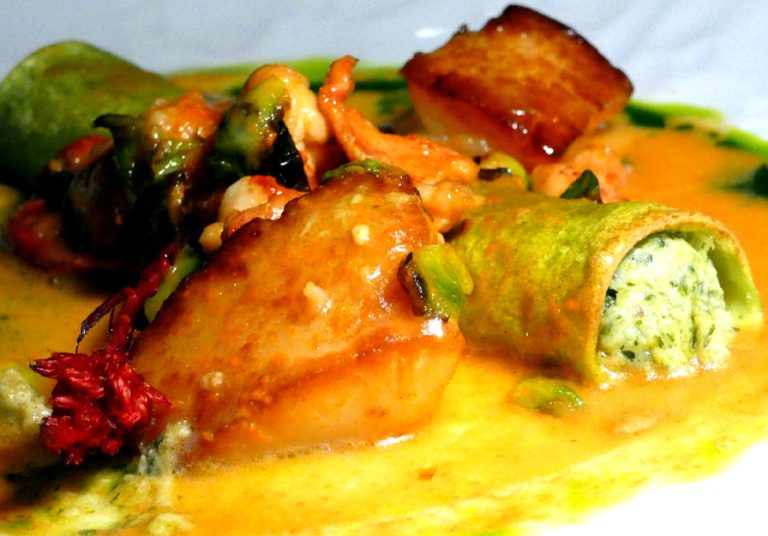Published with permission from LuxuryWeb Magazine
Nestled in the vibrant heart of Madrid, mere blocks from the bustling Atocha railway station, stands the Cervecería Alemana. This culinary icon, founded in 1904, has long been a beloved spot for sipping beer and savoring tapas — a kind of delightful small dishes and snacks that traditionally accompany drinks in Spain.
Cervecería Alemana holds a special place in history as one of Ernest Hemingway’s preferred haunts in Madrid. In fact, Hemingway, in his September 1960 Life magazine article “The Dangerous Summer, Part I,” lauded it as “a good place to drink beer and coffee.” He fondly recalled sharing drinks with “the most beautiful woman in the world” at this very spot. Today, a table next to the window, once frequented by Hemingway during his stint as a Life correspondent, remains reserved in his honor.
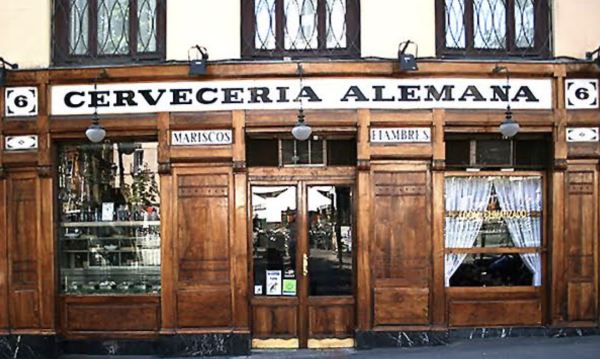
Yet, the Cervecería isn’t just for famed authors. It continues to be a popular gathering spot for Madrid’s bohemian and literary crowds. While I’ve yet to try their coffee, the experience of dining outdoors at Plaza de Santa Ana is unmatched. The menu boasts an array of mouth-watering dishes: albondigas (fried meatballs in sauce), patatas bravas, marinated boiled octopus, and boquerones, perfectly paired with cold draft lagers.
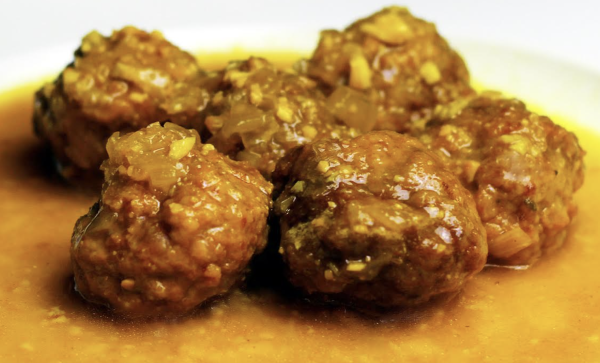
Delicious tapas
Their extensive selection of European, especially German, bottled brews is impressive, though I find the fresh tap beer irresistibly superior. Wine and sherry lovers aren’t left out, with choices like amontillado or oloroso available.
Success
You are now signed up for our newsletter
Success
Check your email to complete sign up
Our culinary adventure included a variety of cured meats – Lomo Ibérico, Jamón Ibérico, Chorizo, Salchichón Ibérico – each bringing its unique flavor to the fore.
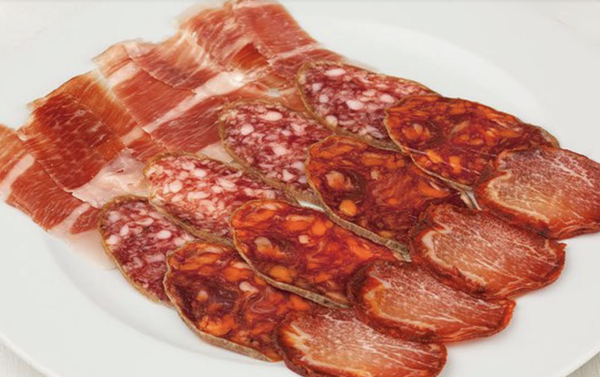
The classic Tortilla Española, a pan-cooked frittata of thinly sliced potatoes and whisked eggs, served in wedges, is a must-try. While the Cervecería now offers full lunch and dinner menus, I often find myself exploring other legendary eateries in Madrid, like the Café de Oriente or Sobrino de Botín, the world’s oldest continuously operating restaurant since 1725.
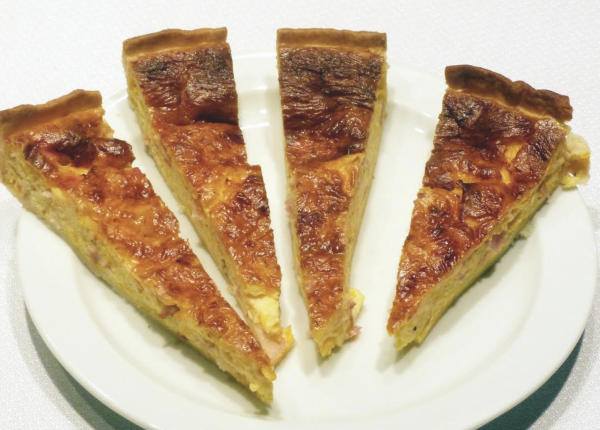
The service at Cervecería Alemana is a throwback to the 1920s, with servers dressed in white jackets, black slacks, and bow ties. For non-Spanish speakers, seeking a younger waiter might enhance the experience, as they often welcome the opportunity to practice their English.
The clientele is as diverse as Madrid itself, ranging from university students to retirees, and including tourists from all corners of the globe. Most patrons enjoy beer or wine with tapas, while some, like us, indulge in larger appetizer plates. And, true to Hemingway’s legacy, the presence of stunningly beautiful women nearby added to the charm of our experience, evoking an ambiance that Hemingway himself would have cherished.








